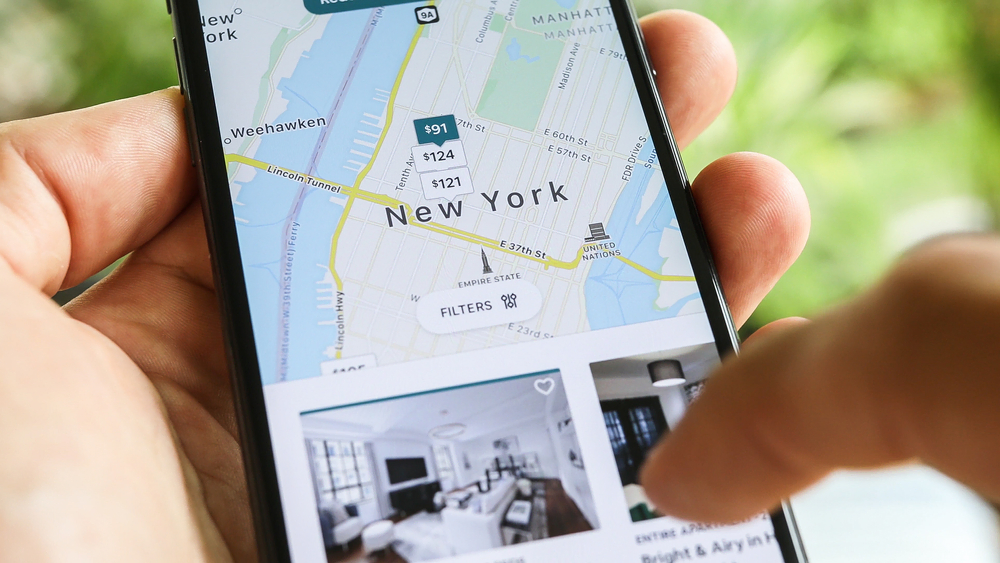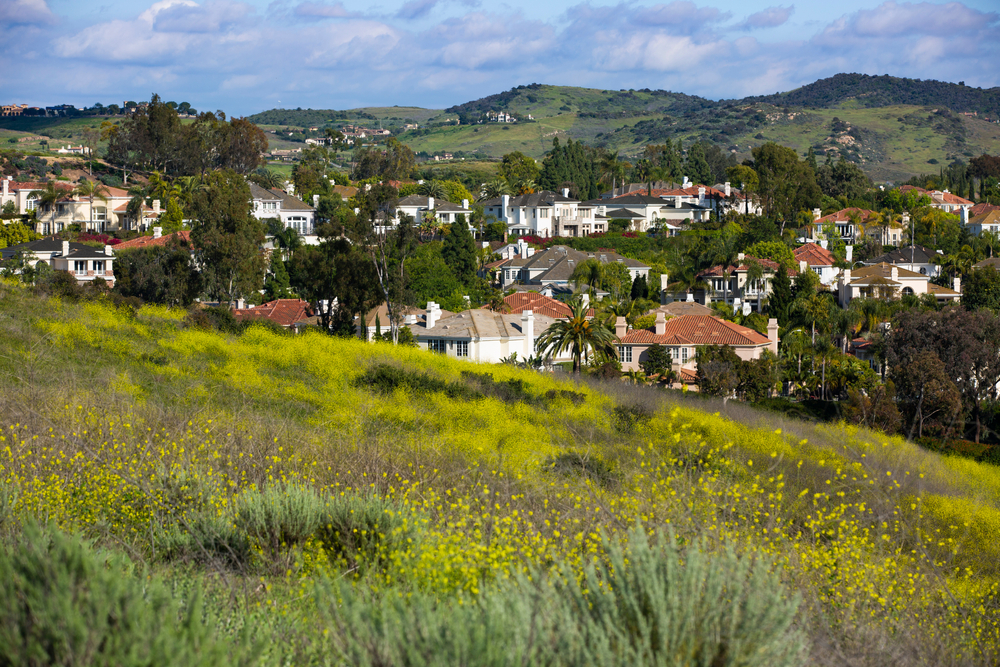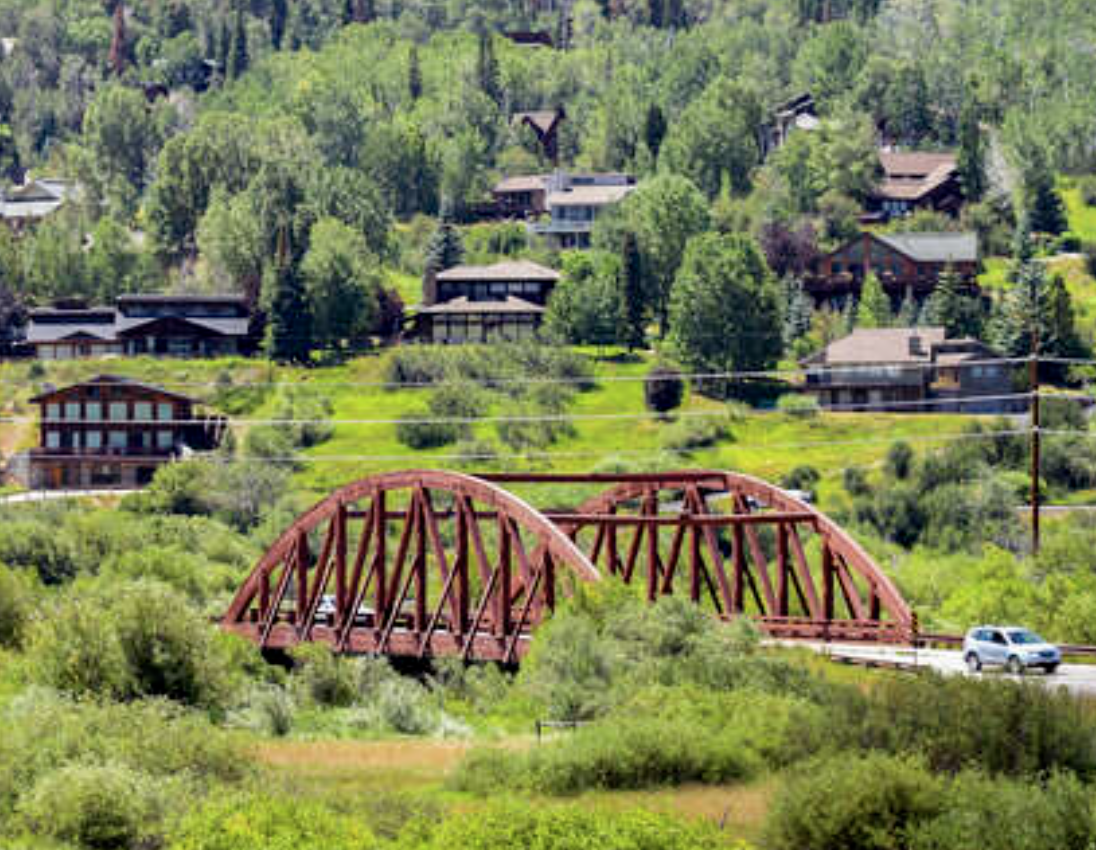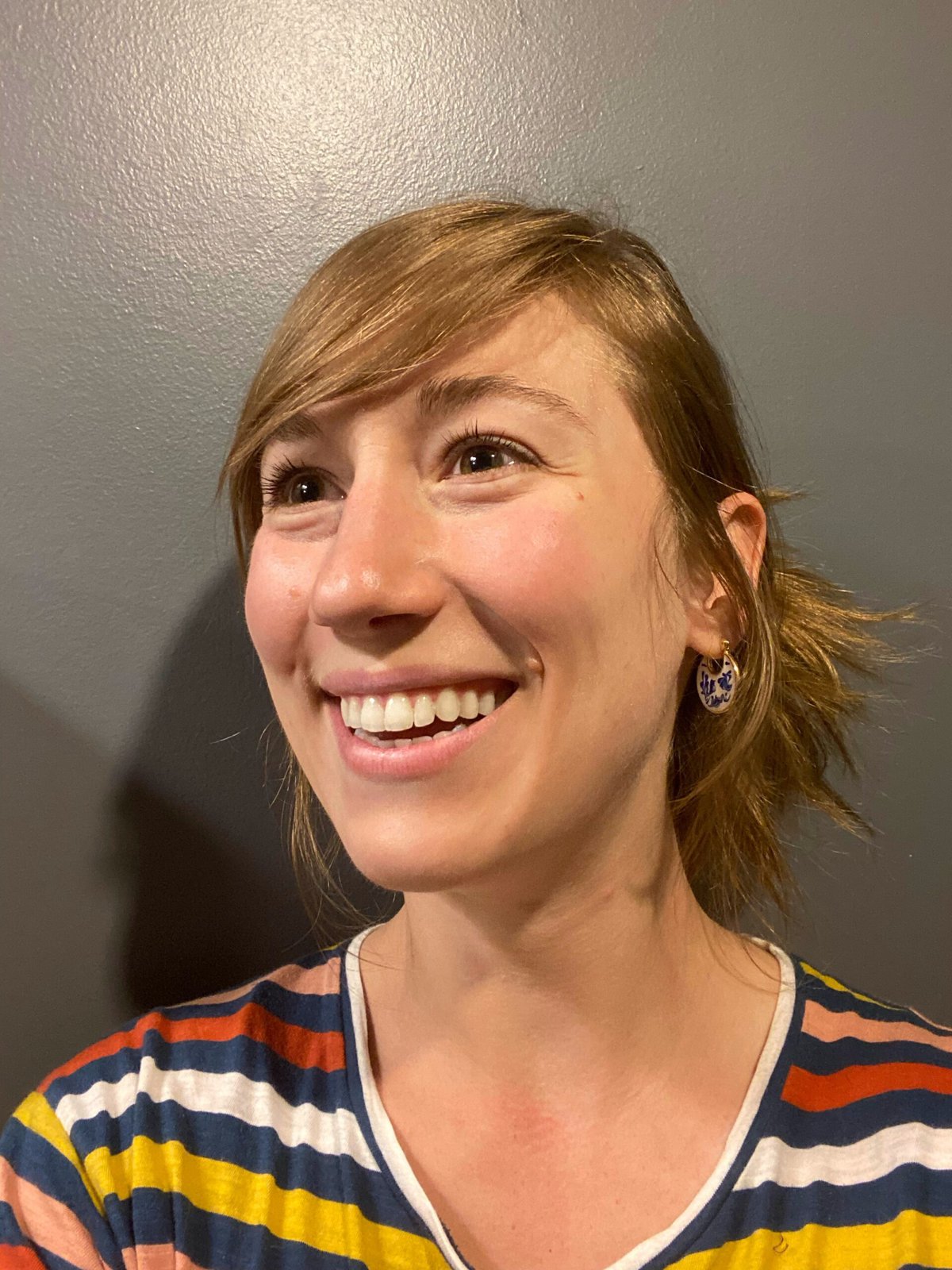Late last year, New York City made headlines when it all but banned Airbnbs and other short-term rentals within city limits. In August of 2023, Airbnb had more than 25,000 short-term rentals listed in New York City. Tenant groups across the city accused short-term rental platforms of hollowing out neighborhoods and causing already-high rents to grow even higher.
“You would see tourists on the streets in neighborhoods where there weren’t any hotels,” recalls New York-based artist and activist Murray Cox. The sound of rolling suitcases could be heard at all hours. Once tight-knit communities began to feel lifeless. When Cox ran the numbers on his own neighborhood — Bed-Stuy in Brooklyn — he found about 1,000 listings. Cox also heard horror stories from other parts of the city. “People would move into a building and then find that the building was full of tourists day in and day out,” he says. “In some cases, they would be so uncomfortable they’d feel forced to leave.”

So, in September of 2023, New York City decided to do something about it. A series of bold requirements capped the total number of short-term rentals (STRs) and limited guests to just two at a time. They required STR operators to be primary homeowners — and to be present in the home while hosting. The city also promised to enforce those requirements, a move that would wipe out nearly 90 percent of active listings at the time.
Though it may sound revolutionary, New York’s crackdown isn’t the first of its kind. In fact, it’s part of a growing trend — one largely spearheaded by much smaller towns. Over the last decade, communities from Irvine, California, to Durango, Colorado, have implemented clever regulations, taxes and zoning policies to hobble the STR market — or, in some cases, eliminate it altogether. As the success stories pile up, a growing body of research points to the dramatic positive impacts of policies like these, including lower rents, more equitable housing markets and the promise of a sustainable tourism economy.
When Airbnb was founded more than a decade ago, it was heralded as the harbinger of a new sharing economy. In theory, home-sharing platforms — including Airbnb, Couchsurfing, VRBO, FlipKey and Homestay — would put underutilized bedrooms to use, matching budget-conscious travelers with locals in need of a little extra cash. The system would funnel tourism dollars into small towns in a more equitable way. It seemed like a win-win. But within a few years, one clear loser emerged: communities.
“It didn’t take very long for people to realize the sharing economy was basically a scam,” explains Cox, who later went on to found data-sharing platform Inside Airbnb. “People weren’t using that car that was sitting in the driveway to drive Uber. And people weren’t just renting out a sofa or a spare bedroom.” Instead, people saw an economic opportunity they could invest in. And they started buying whole homes to rent out on Airbnb.
In many cases, speculators and investment companies were buying multiple homes expressly for short-term rental use. A spokesperson for Airbnb notes that “the majority of Airbnb hosts in the US share just one home on Airbnb to help supplement their income and welcome guests whose spending supports billions in tax revenue and economic activity for communities.” According to an analysis Cox performed in 2022, about two-thirds of Airbnb rentals in the US are in a property portfolio, which means the host owns and rents more than one property. At the time, he found nearly 23 percent of Airbnb hosts had two or more entire homes or apartments listed on the site. That made up 607,085 listings — or 63 percent of entire-home listings. And the top one percent of operators have more than 300,000 Airbnb listings among them — a stat that points to huge conglomerates gobbling up the market.

These days, Airbnb isn’t just a way to share underutilized bedrooms; it’s big business.
Right now, about 90 percent of Airbnbs in Bozeman, Montana, and Nashville, Tennessee — both popular vacation spots — are whole homes. Both Bozeman and Nashville are also relatively small towns with exploding local populations and limited housing stock. That means that every home set aside for a year-round STR listing is a home unavailable to local residents struggling to find — and afford — housing. As an Airbnb spokesperson notes, “Experts agree the chronic, decades-long underproduction of new housing supply is driving today’s housing affordability challenges.” But in extreme cases, the STR explosion has been a contributing factor in forcing longtime locals to move away. The so-called “Airbnb Effect” can hollow out once-vibrant communities.
This effect is most visible in popular vacation hot spots. In Hawaii, for example, out-of-towners have bought up so many homes that few are left for Native Hawaiians.
Weighed down by negative news?
Our smart, bright, weekly newsletter is the uplift you’ve been looking for.“On Maui alone, 52 percent of homes are sold to nonresidents, and 60 percent of condos and apartments have gone to investors and second homeowners,” writes Stanford researcher Noah Jordan Magbual in a recent report. “The once indigenous population of the Hawaiian archipelago are now outcasts in their own home.”
The Airbnb Effect also impacts bigger urban areas. In 2015, one study found that STRs had sucked at least 10 percent of New York’s available housing off the market. Another New York study showed that this reduction in supply led to rent increases of up to hundreds of dollars per year. In Barcelona, the effect is even more severe, with rents rising by seven percent and housing costs rising by up to 17 percent in popular neighborhoods.
For some cities, the proliferation of STRs has become more than just an economic issue; it’s existential. That’s especially true in New Orleans, the longtime home of Jeffrey Goodman, an urban planner and consultant who specializes in STRs.
“We were one of the earlier cities to experience the growth in short-term rentals,” Goodman says. “And we’re in a unique place because so much of what we sell is culture. It’s art. It’s food. But the people who make the art and cook the food and play the trumpets have a hard time living here.” So, if the locals who make New Orleans special are forced to move away, what’s left?
“There are a lot of cities asking themselves this question,” says Goodman. “Are we a city anymore or are we just Disneyland?”
According to Goodman, the Airbnb Effect is stronger in small communities, like mountain towns or beach towns, which tend to have limited housing stock, high home prices and little flexibility to adapt to fluctuations in housing availability. That may be why small towns were among the first to fight back.
In 2014, Durango — a town of 20,000 in southwestern Colorado — passed a series of regulations to combat what one local newspaper called “The Airbnb Apocalypse.” The town, an adventure epicenter for mountain bikers, climbers, skiers and other outdoor sports enthusiasts, isn’t just a tourist magnet. It’s also home to Fort Lewis College, a premiere university for Native American students and Colorado locals. That was an experience Durango was anxious to protect.
Durango’s 2014 regulations banned STRs outright in student neighborhoods. They also limited STRs to two percent of the housing stock elsewhere.

“In doing this, the city made it clear that preserving student housing took precedence over any money they were going to get from tourism,” says Goodman.
Today, city planning officials say the program has been a huge success.
“Durango led the way in creating effective guardrails to protect the community from being overrun with STRs,” says Scott Shine, director of Durango’s Community Development Department. Today, he says, STRs make up just 1.4 percent of the city’s total housing stock. They just aren’t really an issue anymore.
A year later, Santa Monica — an affluent California beach town of 90,000 — passed its own ordinances, banning STRs offering stays of less than 30 days for an entire home. The city also extended its 14-percent hotel tax to STR operators and made it illegal to operate them without a valid business license. According to one estimate, the ordinance has since dropped the city’s number of Airbnb listings by 61 percent.
Many of these novel STR policies look great on paper, but the truth is that they’re hard to enforce. Few cities have spent more time thinking about this issue than San Francisco.
San Francisco-based housing activist Dale Carlson first heard about the Airbnb Effect back in 2014, when the city was undergoing a major housing affordability crisis. When he learned that nearly five percent of the city’s limited housing stock was devoted to Airbnbs, he decided to get involved.
Carlson helped bring together a coalition of tenants, hotels and property rights groups. By 2015, they’d successfully lobbied for a city ordinance that required hosts to register their STRs, have a business license and pay hotel taxes. But it wasn’t enough.
“We still ended up with 15,000 or 16,000 listings,” Carlson says. So, his group asked voters to get behind an entirely new concept: the principle of platform accountability.
“The idea is that [the rental platform] can list and or rent anything it wants, but it can only collect a booking fee on the stuff that’s legal,” Carlson explains. If passed, the ballot measure would put the onus on Airbnb — not the city — to police unregistered and therefore illegal listings. Airbnb fought the initiative, and it fought hard.
“We were defeated in the ballot. Airbnb spent close to $10 million—they outspent us 20 to 1,” Carlson says. But despite the heavy spending, Airbnb barely eked out the win. “So many people had told us, ‘You’re never going to beat them because they’re too big and powerful,’” Carlson says. “But suddenly they didn’t look so powerful. And we didn’t seem so vulnerable.”
Carlson’s coalition reworked the initiative and tried again. The next time, the ballot measure passed. Within a few months, Flipkey listings in the city had dropped by about 90 percent, and short-term Airbnb listings plunged by about 75 percent, according to some estimates. Cities across America were watching. Others, like Boston and New York, ultimately adopted platform-accountability policies of their own.
Another important aspect of San Francisco’s policy is that hosts can only use their primary residences as STRs. According to Carlson, that’s dramatically limited speculative purchasing.
“All the folks who were buying up units or renting units and then subletting them on Airbnb — that’s all gone,” he says.
A few years later, Irvine, California, enacted an even more severe policy — with more dramatic results. In 2018, the city banned all short-term rentals under 30 days and hired a fintech firm to track down and report scofflaw hosts. This ban more than halved the number of Airbnb properties. As of 2023, rents in the city had dropped by up to three percent, according to a recent study. That saves tenants about $114 per month on average.

Choosing the right STR regulations can be very location-dependent, says Goodman, the city planning consultant. Some towns might need a combination of ordinances, while complete bans might work better in others. But according to Michael Seiler, the College of William and Mary researcher who led the Irvine study, we now have strong evidence that limiting STRs can indeed reduce rents. And, he says, it’s likely that Irvine’s solution could be successfully applied in other towns.
“If I was another policy maker in a sister city, I would say let’s at least try it,” he says. “Because we’ve shown that it does work here.”
New York hasn’t been the only city to act in recent years. In 2023, Bozeman passed regulations forcing STR platforms to ask for operators’ permit numbers. The policy makes it difficult for bad actors to list their homes illegally, and makes it easy for the city to double-check that listings are appropriately registered and legally operating. Bozeman also mandated that STRs be primary residences — not second homes purchased as rental properties.
There may also be some market solutions around the corner. A cadre of startups are taking up Airbnb’s original mission and reworking it into a more holistic, community-friendly approach. New platforms like Trusted Housesitters and ReFlat are making it easier to find mutually beneficial housing swaps, while millennials are bringing time-shares back into vogue in Colorado ski towns.
In the future, these regulatory and entrepreneurial solutions could work together to give travelers affordable lodging options — without sacrificing the needs of local communities.
“A lot of people will say Airbnb is here to stay, but New York City shows you that’s not necessarily the case. When they decided to enforce their housing laws, it was really effective,” says Cox. “New York City’s approach is a good model to show that we can be as restrictive as we want. It’s up to us.”
UPDATE — April 26, 2024: Data regarding Airbnb listings and other short-term rentals has been updated at multiple points in this story. We regret the errors.
UPDATE — May 6, 2024: This story has been updated to include a statement from an Airbnb spokesperson.






